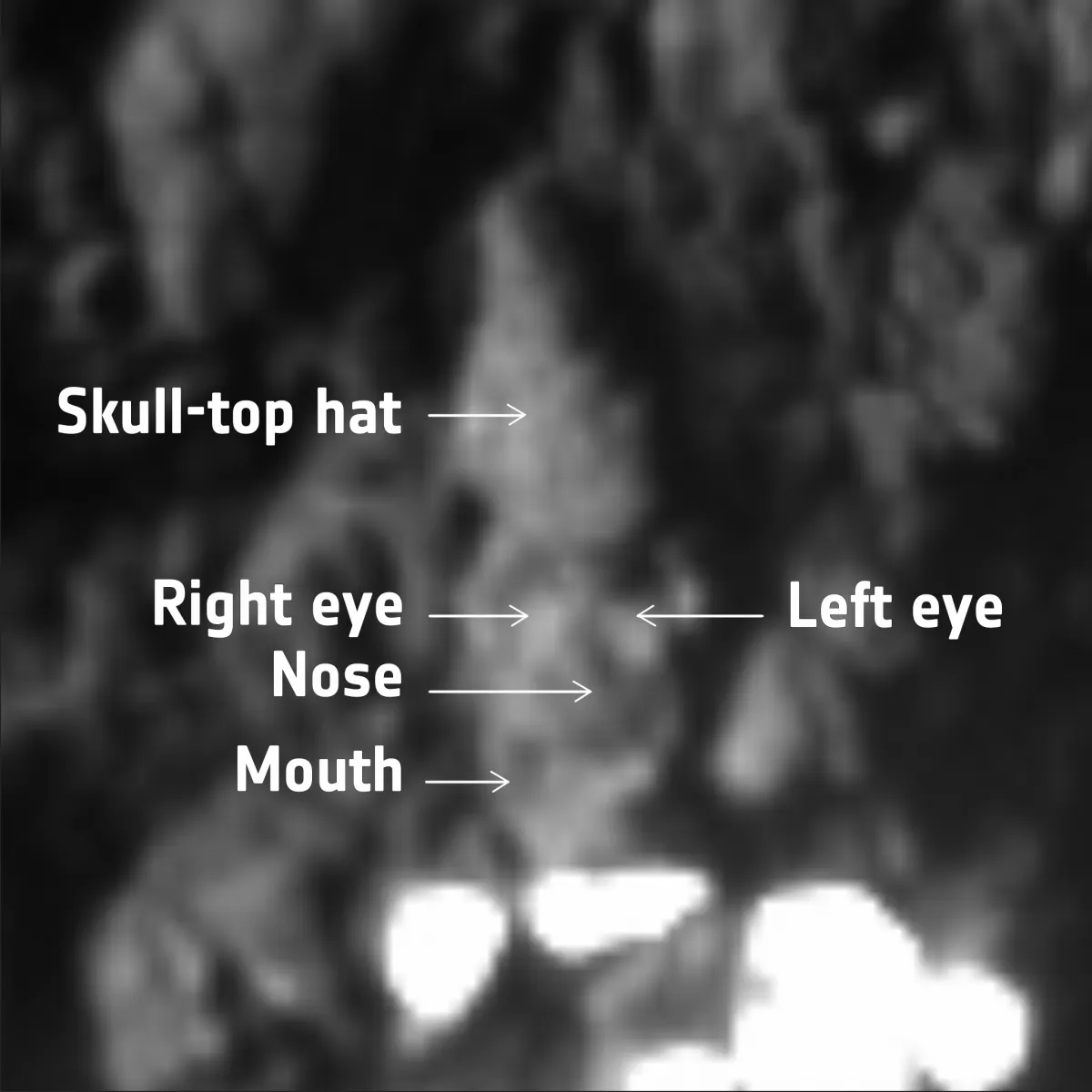The second touchdown site of ESA’s comet landing spacecraft, Philae, has been located after six years of searching.
Philae made its way from the Rosetta orbiter to the surface of comet 67P/Churyumov-Gerasimenko back on 12 November 2014 to land not just once, but three times, after bouncing on its initial touch down.
While the sites of the first and final contacts were found within a few months, the location of the second bounce has remained elusive.
For the last six years, Laurence O’Rourke – an ESA scientist who played a leading role in finding Philae’s final landing site back in 2014 – has been hunting down this secondary landing site.
“Philae had left us with one final mystery waiting to be solved,” says O’Rourke. “It was important to find the touchdown site because sensors on Philae indicated that it had dug into the surface, most likely exposing the primitive ice hidden underneath, which would give us invaluable access to billions-of-years-old ice.”

O’Rourke and his team looked for the landing site in high resolution images from Rosetta’s OSIRIS camera, but their search was aided by a more unexpected instrument, Philae’s magnetometer boom, ROMAP.
The boom arm sticks out from Philae by 48cm and when it struck the surface of the comet it’s physical shaking caused spikes in ROMAP’s data, showing it was in contact with the surface for almost two minutes.
With this additional information, the search party were able to work out what sort of shape indentation they were looking for, and they soon located it in the OSIRIS images of the region.
“The shape of the boulders impacted by Philae reminded me of a skull when viewed from above, so I decided to nickname the region ‘skull-top ridge’ and to continue that theme for other features observed,” says O’Rouke.
“The right ‘eye’ of the ‘skull face’ was made by Philae’s top surface compressing the dust while the gap between the boulders is ‘skull-top crevice’, where Philae acted like a windmill to pass between them.”

The findings also show that the surface of the comet at the second landing site is extraordinarily soft - similar to the froth on a cappuccino.
“This is a fantastic multi-instrument result that not only fills in the gaps in the story of Philae’s bouncy journey, but also informs us about the nature of the comet,” says Matt Taylor, ESA’s Rosetta project scientist.
“In particular, understanding the strength of a comet is critical for future lander missions. That the comet has such a fluffy interior is really valuable information in terms of how to design the landing mechanisms, and also for the mechanical processes that might be needed to retrieve samples.”
